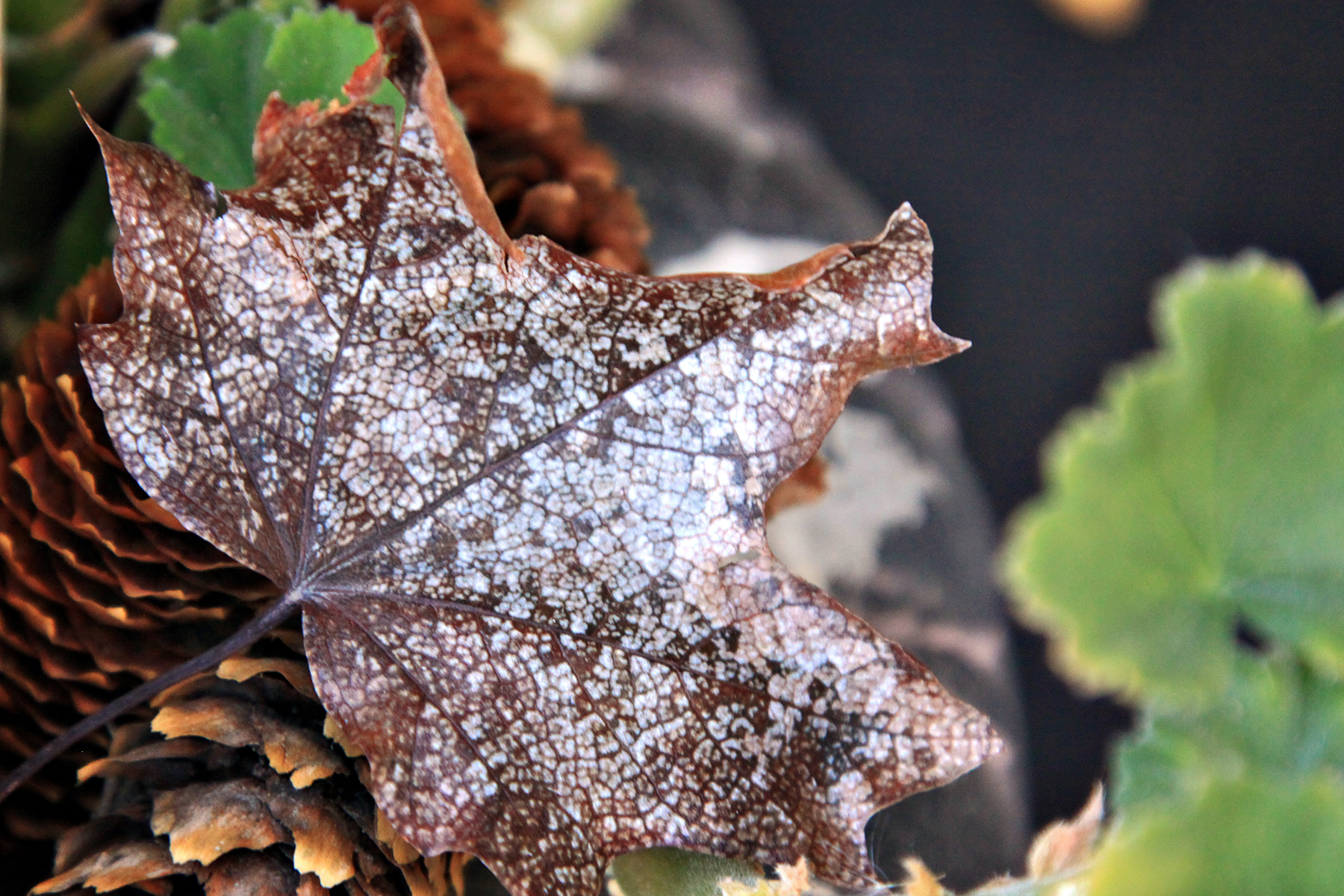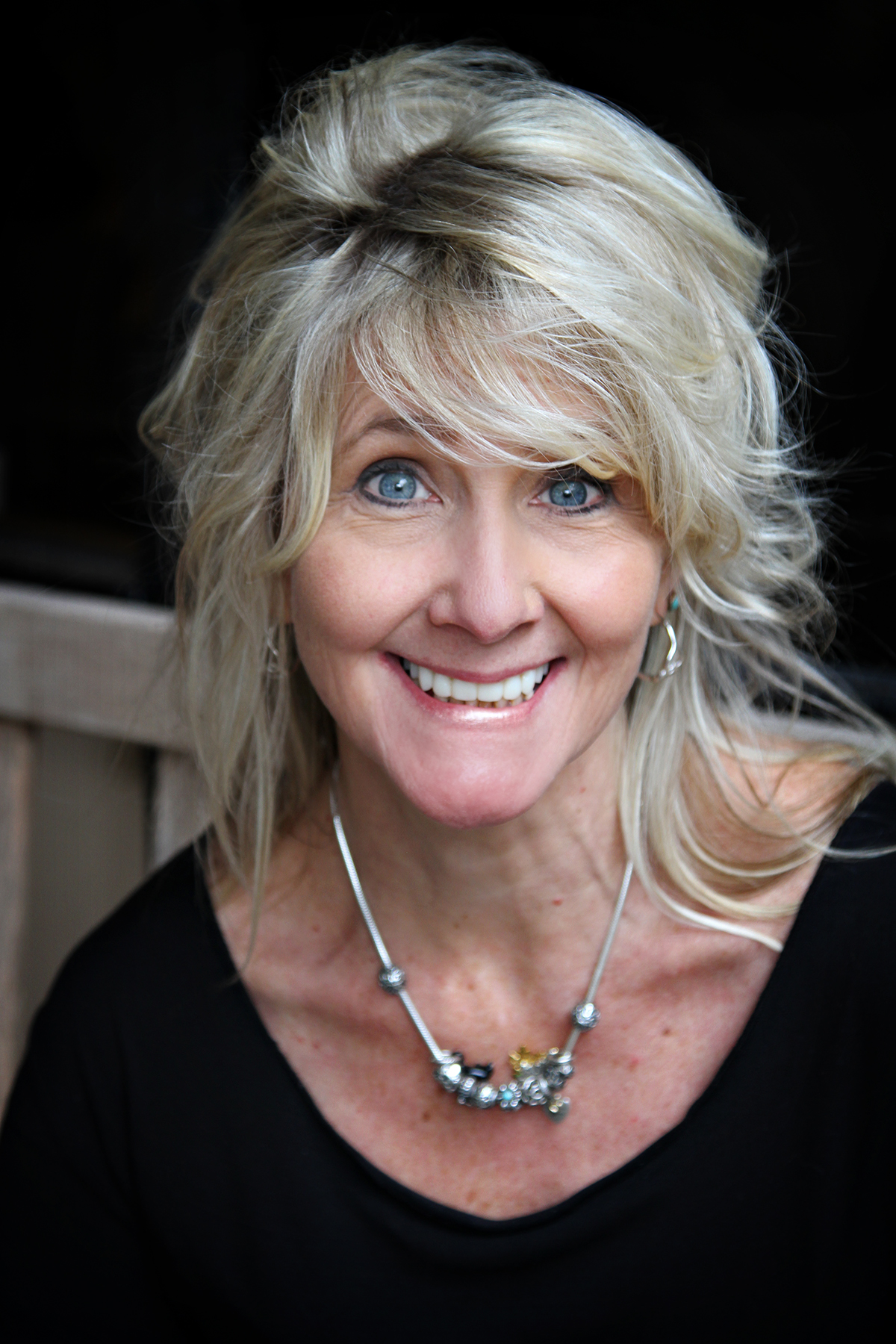The Cultivating Reader – Literary Leaf-Mould provides a fresh source of recommended books gathered from classic and contemporary Christian authors. I will introduce you to varied genres through the ages – classic literature, poetry, myth, and inspiring non-fiction. You will also find a good cookbook here and there, because breaking bread together over a good read builds fellowship. My prayer is for you to set aside time alone and with friends to linger over good words and good food.
![]()
“One writes such a story not out of the leaves of trees still to be observed, nor by means of botany and soil-science; but it grows like a seed in the dark out of the leaf-mould of the mind: out of all that has been seen or thought or read, that has long ago been forgotten, descending into the deeps. No doubt there is much selection, as with a gardener: what one throws on one’s personal compost-heap; and my mould is evidently made largely of linguistic matter.” [1]
—J.R.R. Tolkien, on his creation of The Lord of the Rings
Ever since I was old enough to hold a book, I have been in love with literature. My birthday and Christmas wish lists included books. A picture book was always tucked in my Easter basket. Allowance money was saved up for a rainy day at the bookstore. My most memorable Christmas gift was a set of Encyclopedia Britannica books which I read every chance I had. Aside from those poor encyclopedias that were claimed by a flooded basement, I still have all of the books that ever came into my life.
Today, shelves in my house are filled with classics, theology, fiction, cookbooks, and poetry. Years of teaching and a master’s degree added to the treasure trove, along with solid suggestions from my fellow bibliophiles. I have been accused of tsundoku, the practice of buying books without necessarily reading all of them (yet), but many tomes found or purchased long ago are precisely the reference I need years later. For instance, in an antique-filled barn in Maine, I found copies of Harper’s Magazine bound by year and dated 1859-1875 and discovered the first printed copy of “The Night Before Christmas” by Clement Moore. This set was an ideal primary source.
To find a home in my shelves, there must be a nearly tangible voice in the paper and ink. The C.S. Lewis first editions seem like old friends, each redolent volume fragranced by fireplace smoke, pipe tobacco, or stone walls. Revisiting his writing is a comfort and a refreshing for my spirit. The shelves of classics are a vast treasury of vocabulary and phrasing that inspires my own writing. The cookbooks reflect a favorite author or a particular location or era in history. The bookcase behind my rolling desk chair is dedicated to the Inklings, George MacDonald, and G.K. Chesterton – authors who have encouraged my faith, expanded my imagination, and challenged me with prose that takes a bit of time to process. Shelves of poetry are at my right hand, so while teaching my online courses, I can pull one from the shelf and share lines from Coleridge, Rossetti, or Guite.
I really, truly, earnestly, ardently love good books.
What I love as much as a good book is recommending them to you, dear reader! As a way of cultivating the pursuit of beauty in your daily life, read deeply and well from a variety of genres and eras. What you read transforms into literary leaf-mould that enriches your imagination. Read what may challenge you. Good literature feeds your mind and heart, nourishes your reason and experience, and expands your sense of wonder. In upcoming issues of Cultivating, I look forward to recommending the best titles in my library for each season.
Here are a few of my enduring favorites — a broad selection of old and new authors, each embodying qualities of transcendent beauty and imagination outside the realm of the everyday, helping you to see life’s details and God’s mastery in a fresh light.
-
- You wonder at the mystery and meaning revealed in fairy stories, so I suggest reading: On Teaching Fairy Stories by Junius Johnson.
The word “fairy” lends itself to mystical images and magical creatures that are beyond our concrete world. Fairy tales are, at their core, a transcendent read for all ages. Unfortunately, the treasured tales of Christina Rosetti, George MacDonald, and The Arabian Nights have faded in popularity, but Johnson restores the importance of this genre by connecting their spiritual significance to a classical curriculum. Filled with brilliant ideas for teaching, but invaluable for anyone who wants to understand the power of fantastical literature.
-
- To immerse your imagination in literature’s stellar example of the mystical fairy world, read this: Phantastes by George MacDonald.
Written in 1858 by the author who richly influenced Tolkien and C.S. Lewis, Phantastes is a mesmerizing tale of mysterious lands, magical creatures, love, and peril. Lewis in particular was profoundly influenced by this book. A joy to read as written, but there are many symbolic secrets unlocked by an annotated version published by Winged Lion Press.
-
- You are a co-creator, but what does that mean? Find out by reading: Naming the Animals – An Invitation to Creativity by Stephen Roach.
We are created in the image of God; therefore, we are all co-creators who embody imagination and the innate desire to be makers of beauty. In this inspiring little book, Roach encourages the readers to find their place in the lifework of making — which is a gifting unique to each of us. He states that “We are not all artists by trade, but we are all the art of God, spun from the hands of the Great Artist Himself. We carry within us the dust and breath of His making.”
-
- To be reminded that you do not toil alone and are a part of a great story, I suggest reading: Leaf by Niggle, a short story found in the collected writings Tree and Leaf by J.R.R. Tolkien.
This little treasure is my favorite story by Tolkien, next to The Lord of the Rings. The main character, Niggle, is everyman. He strives to do the right thing while tending to his own duties but feels that he fails on both counts. In the midst of his struggles, a mysterious stranger appears to take Niggle on a long journey, where he discovers that completion of any effort is a holy process.
-
- If you understand that preparing a meal is a holy and theological endeavor, you will love reading: The Supper of the Lamb by Robert Farrar Capon.
I collect worthy cookbooks, and this is a gem, but this is more than a cookbook. Written by Episcopalian priest Robert Farrar Capon, this book melds prayer with broth recipes, poetry and kitchen knife suggestions, and feasting ideas that embody fellowship and community. Well-seasoned with humor and recipes, this is a tome that belongs in your kitchen and on your shelf of favorite happy-escape reads.
-
- When you are searching for a Bible devotional that reflects your artful heart, study through: Clay in the Potter’s Hands by Diana Pavlac Glyer.
Many Bible studies are written with the same overarching theme — emotion, yet little substance. Diana’s book connects you to God as a potter and His work of building and restoration of the believer. This 15-lesson devotional resonated with me in a deeply personal way and spoke to my creative soul. Leader’s Guide and Spanish edition also available.
-
- When your prayers would benefit from ancient wisdom, I recommend praying through: Poems by St. John of the Cross, translated by Roy Campbell.
The fathers of the Christian faith penned prayers and poems that were intensely spiritual, honest, and simple. They lived through difficulties we cannot imagine yet exemplified the purest faith and hope. St. John’s poems, written in the 16th century, include the primary source writing for the theme of the “Dark Night of the Soul,” which I return to time and time again. His writings are inspiration and comfort and are meant to be read slowly.
-
- Are you awestruck by the mystery in life? Read how the light of the Logos illuminates all in: Beauty for Truth’s Sake by Stratford Caldecott.
I assigned this book to my high school students as we began studying the Renaissance. They all agreed that this is a text that needs to be included in every curriculum because Caldecott masterfully connects faith and reason, math and art, and reveals how the thread of God is woven into the warp and weft of the universe. Not a textbook, but absolutely an essential read — a breathtakingly incredible book that I read every year.
I do hope that you choose a book from this list and linger over the inspirational ideas within. Each selection has the mark of a classic, providing new insights every time you settle in to meditate over the words again.
“It is a good rule, after reading a new book, never to allow yourself another new one till you have read an old one in between.”
— C.S. Lewis, “On the Reading of Old Books,” God in the Dock
![]()
[1] Carpenter, Humphrey. J. R. R. Tolkien: A Biography. HarperCollins UK, 2011.
The featured image, “Leaf Lace,” is courtesy of Lancia E. Smith and is used with her glad permission for Cultivating.
Annie Nardone is a lifelong bibliophile with a special devotion to the Inklings and medieval authors. She is a Fellow with the C.S. Lewis Institute and holds an M.A. in Cultural Apologetics from Houston Christian University. Annie is the Director of Visual Artists for The Cultivating Project and columnist for Cultivating Magazine. She is founding board member, managing editor, and author for the apologetics quarterly, An Unexpected Journal. Her writing can also be found as travel blogger for Clarendon Press U.K., with published poems at Calla Press and Poetica.
She holds a MA in Cultural Apologetics from Houston Christian University, and is a Fellow with the C.S. Lewis Institute. Annie writes for Cultivating, Literary Life, and Clarendon House Books, and is a managing editor and writer for An Unexpected Journal. Annie collaborated on three books in 2022, published by Square Halo Books and The Rabbit Room. She recently designed a curriculum detailing the intersection of theology, the arts, and history and is a Master Teacher for HSLDA. She resides in Florida with her Middle Earth/Narnia/Hogwarts-loving family, and an assemblage of sphynx cats and feline foundlings.
Leave a Reply
A Field Guide to Cultivating ~ Essentials to Cultivating a Whole Life, Rooted in Christ, and Flourishing in Fellowship
Enjoy our gift to you as our Welcome to Cultivating! Discover the purpose of The Cultivating Project, and how you might find a "What, you too?" experience here with this fellowship of makers!


Wow, Annie!
What a delectable spread! I will be printing this off and working my way through the ones not yet met! A beautiful list in a beautiful edition!
Thank you!